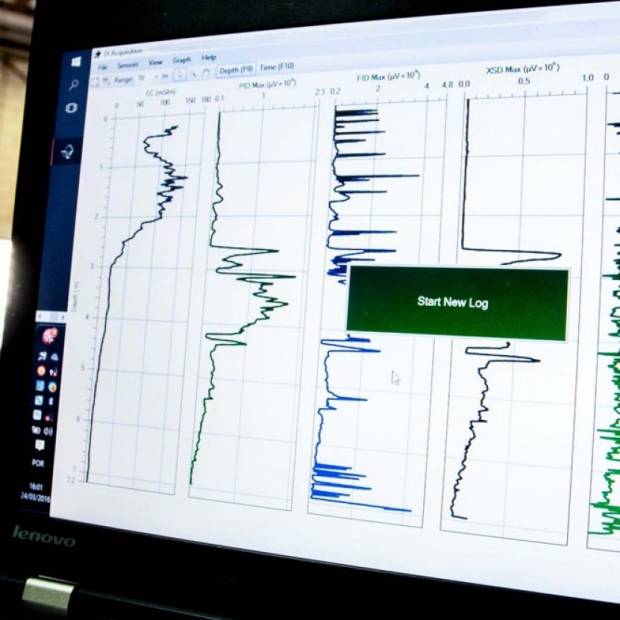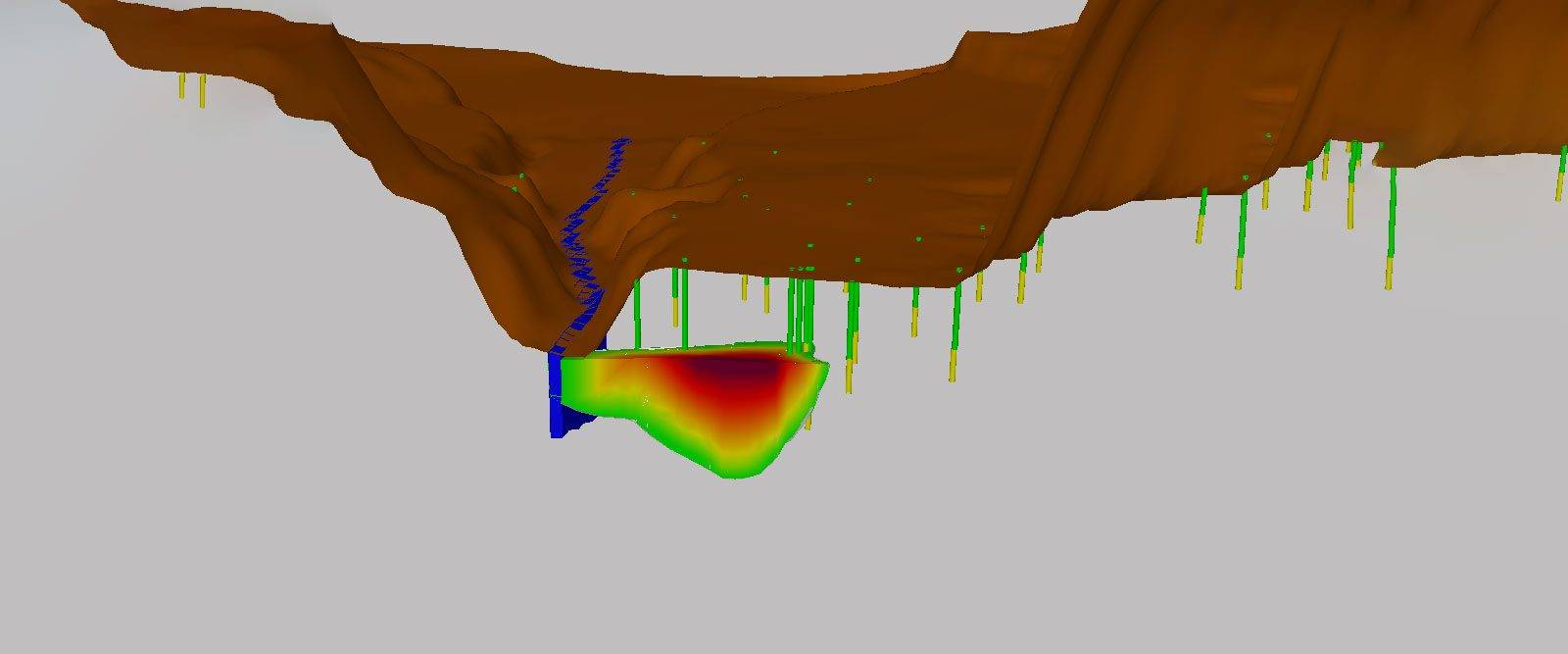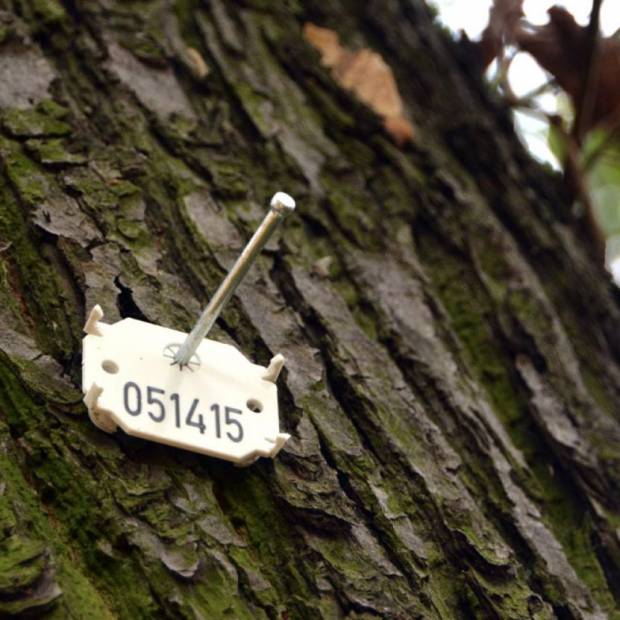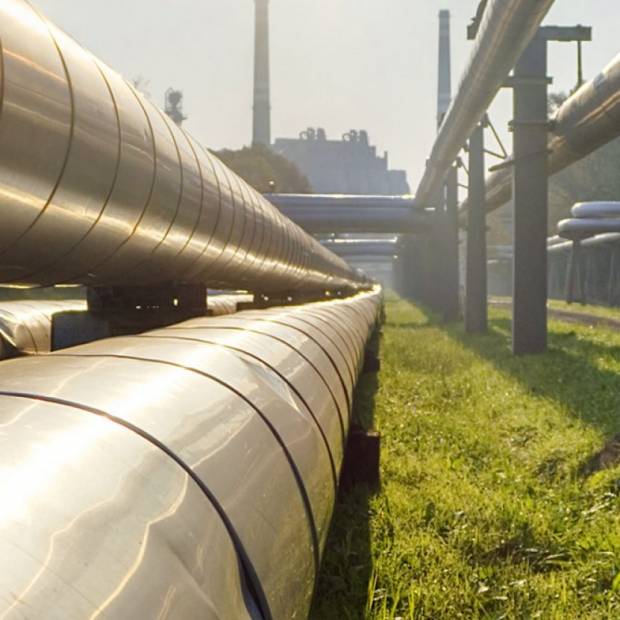

Natural background study and 3D hydrochemical modelling
The purpose of this project was to assess the local natural background of a specific metal, in addition to developing a reactive 3D model [modelo tridimensional reativo] to evaluate the operation of a large remediation system
Environmental investigations conducted in a 15-square-kilometer (5.8-square-mile) industrial site located in the state of Minas Gerais revealed the presence of two centers of mass of metals in groundwater.
A large remediation system was installed at the request of the local environmental agency, consisting of:
- Injection wells (total injection flow rate of 250 m3/h);
- Pumping wells (total pumping flow rate of 450 m3/h).
Over more than three decades of operation, the system has yielded significant results, with great reduction in the levels of metals. Since the area of the site is naturally rich in metals, the use of the reference standard for ingestion as the remediation goal might not be adequate. No clear closure schedule had been established for the costly cleanup process.
The environmental agency also requested:
- A study to determine natural background conditions;
- Reactive 3D modelling [Modelagem tridimensional e reativa] of the concentrations of metals in the saturated zone.
- EBP Brasil (formerly Geoklock) was hired by the client.
To make the best use of the significant volume of historical analytical data available (more than 300 monitoring campaigns carried out over the last 30 years), EBP Brasil (formerly Geoklock) applied exploratory data analysis (EDA) with statistical tools, such as upper prediction level, to establish a range of possible natural background concentrations of metals for the subject area.
In order to understand the geochemical balance of the groundwater samples, multiparameter analyses (24 parameters) were conducted to calculate ionic balances and saturation indices. This task used software program PHREEQC.
Data derived from PHREEQC were inputted into the PHT3D program for the 3D simulation of the reactive transport of metals. Two scenarios were considered: the continued operation of the cleanup system, and the discontinuance of the cleanup system.
The results suggested that the remediation system had already reduced the concentrations to levels below the natural background in the older center of mass, which generated the largest metal plume.
In the newer (and therefore less disperse) center of mass, the remediation actions were still significantly containing and abating the plume of metals.
The findings of the study supported the redesign of the remediation/monitoring routine, with a better use of the resources. The new strategy was approved by the environmental agency.
The project generated savings of 70% per year for the continued monitoring of the site’s environmental liabilities.





